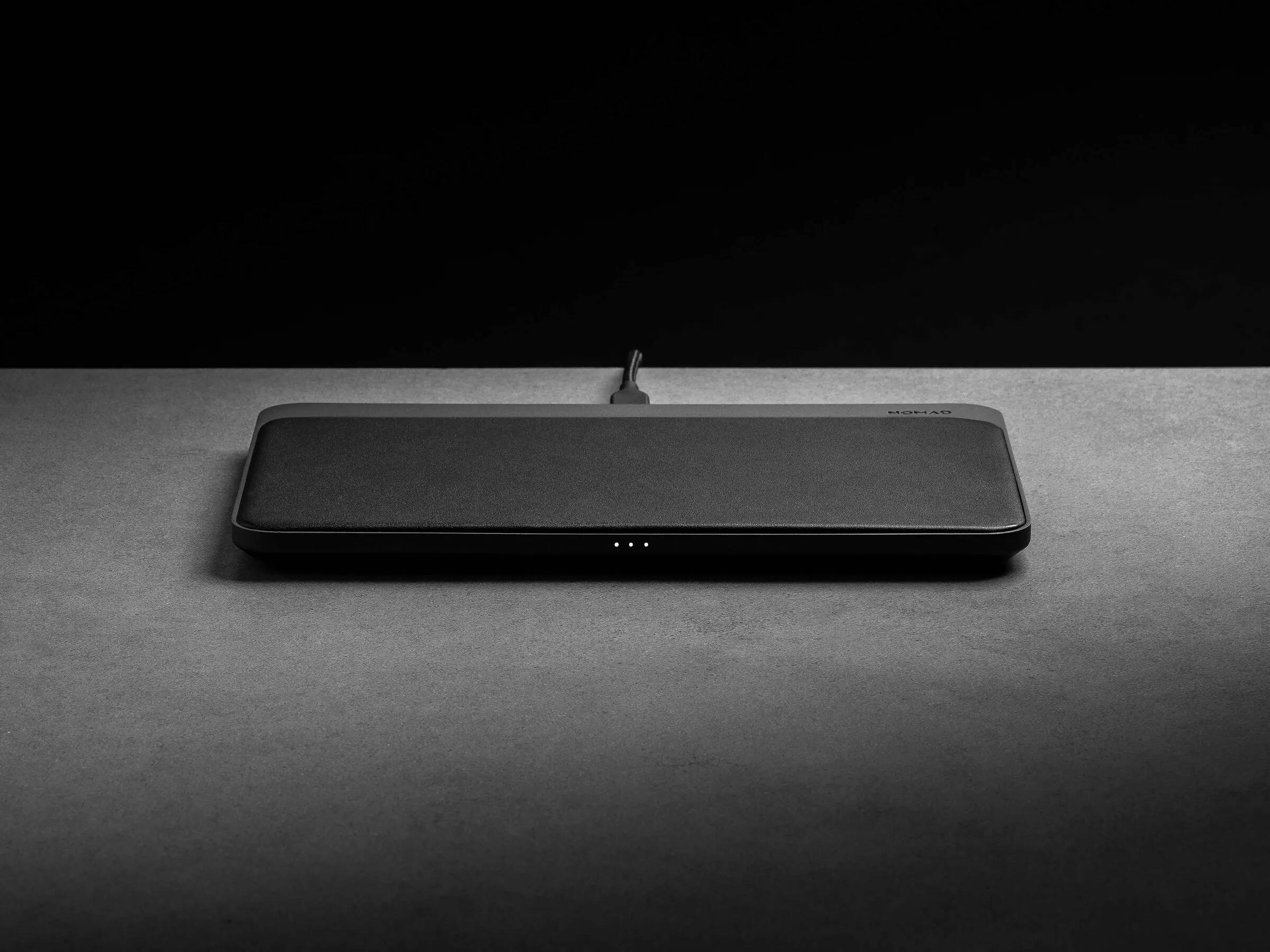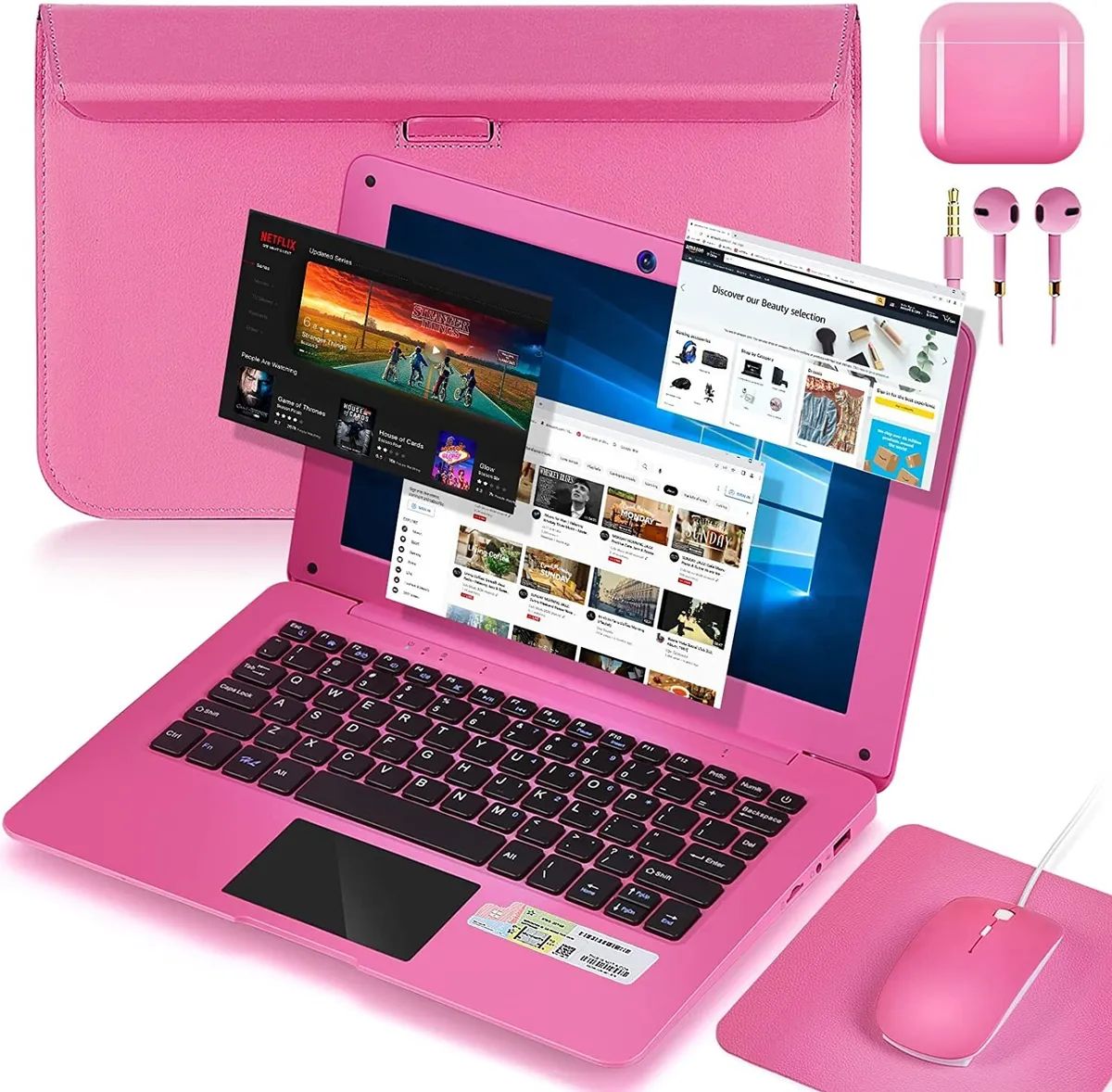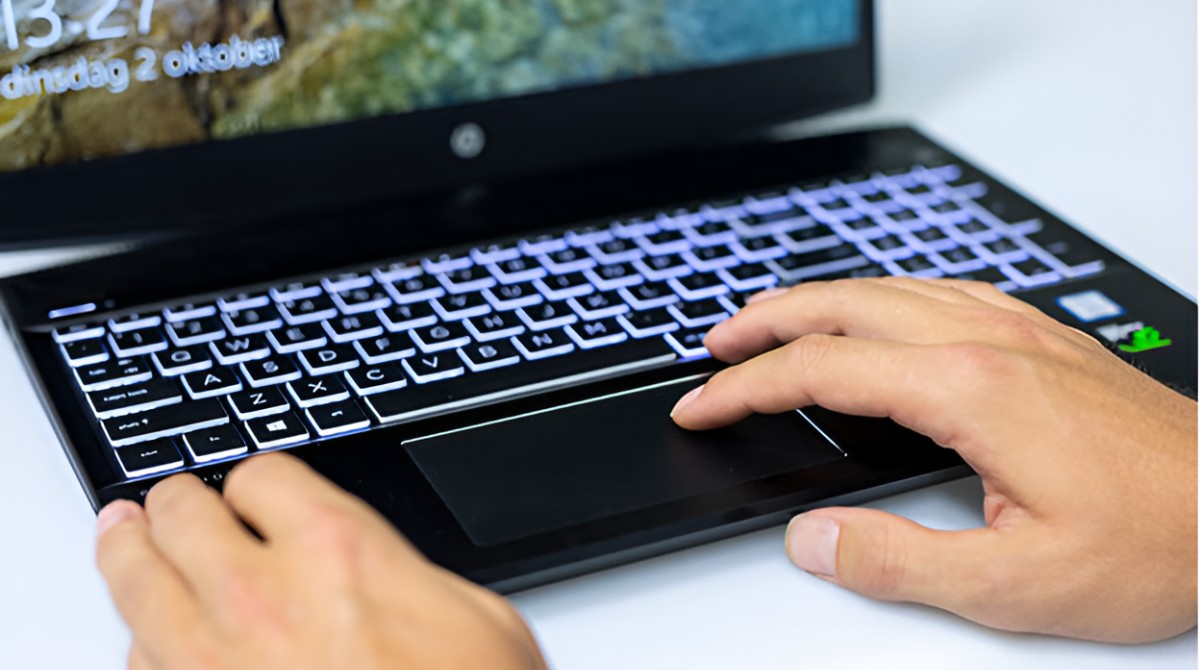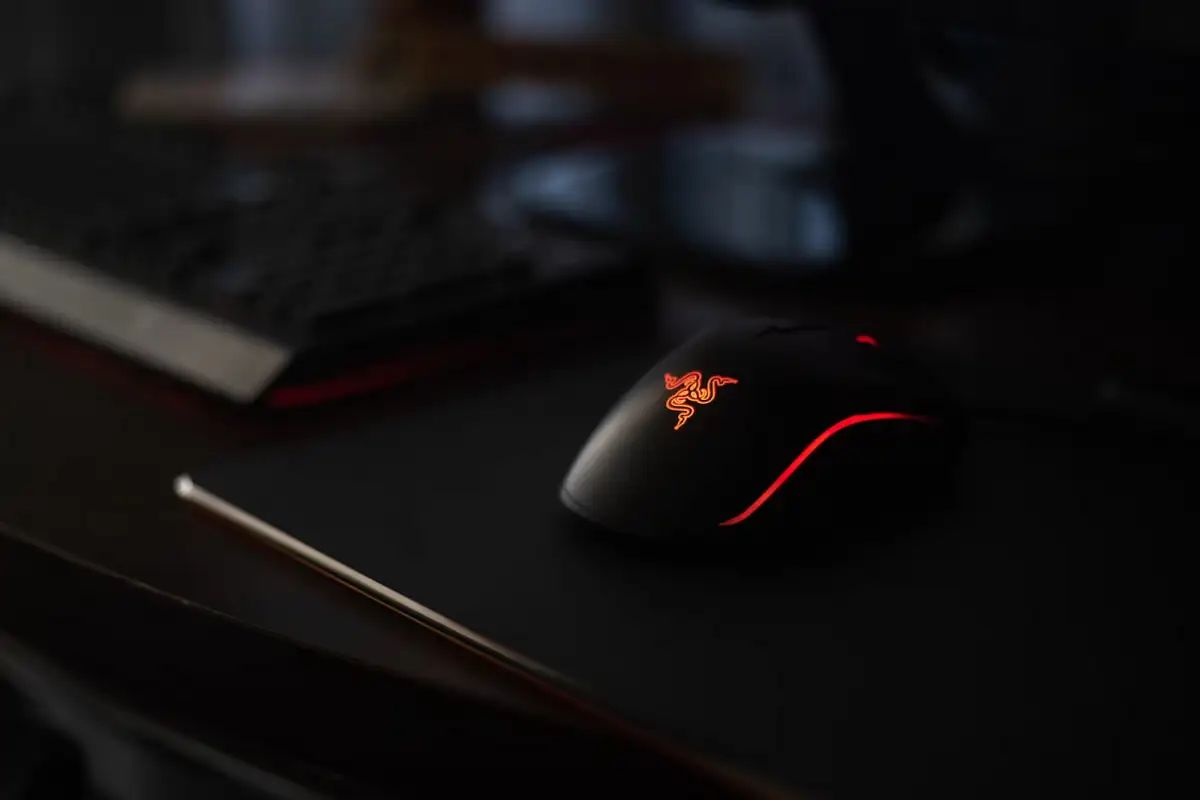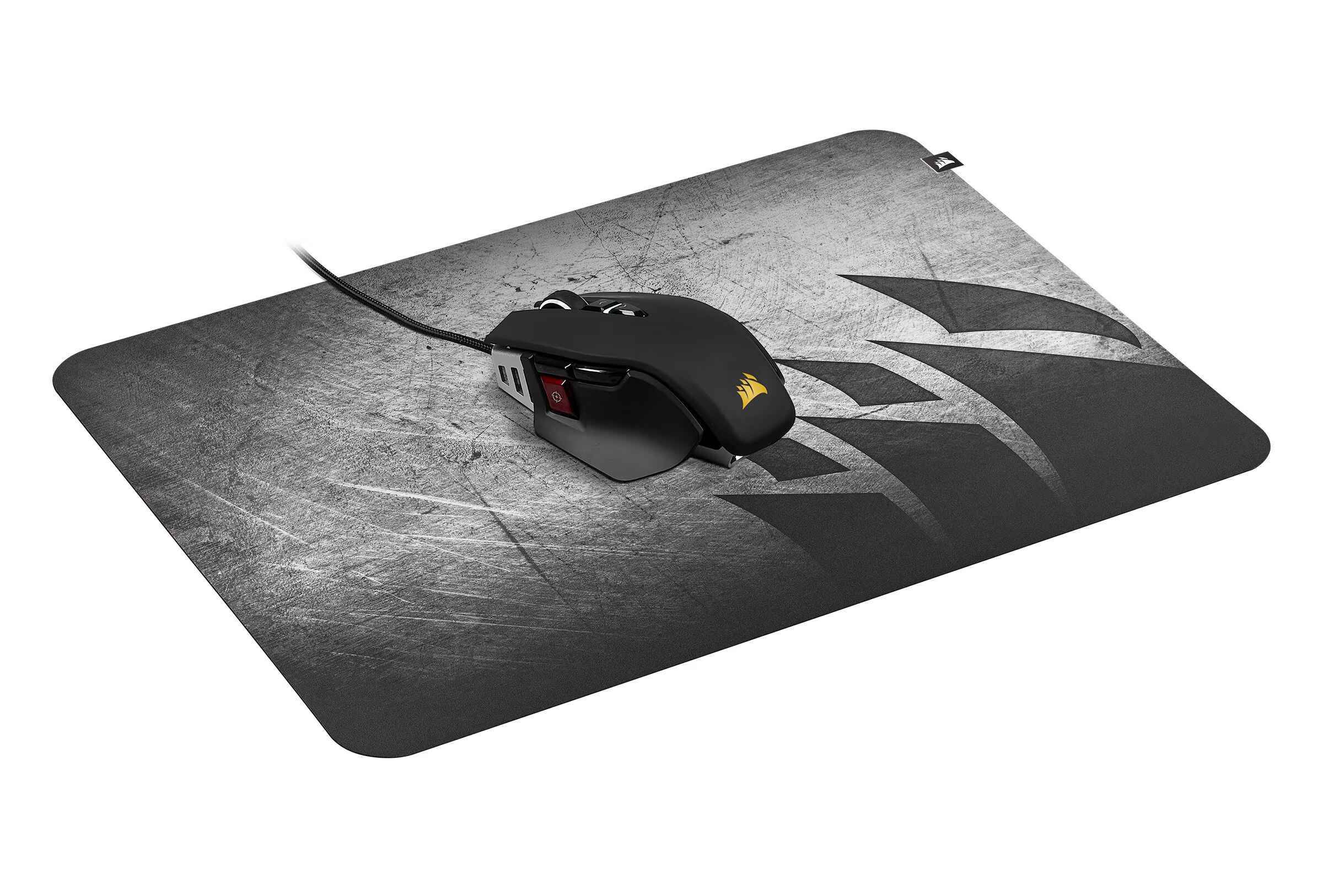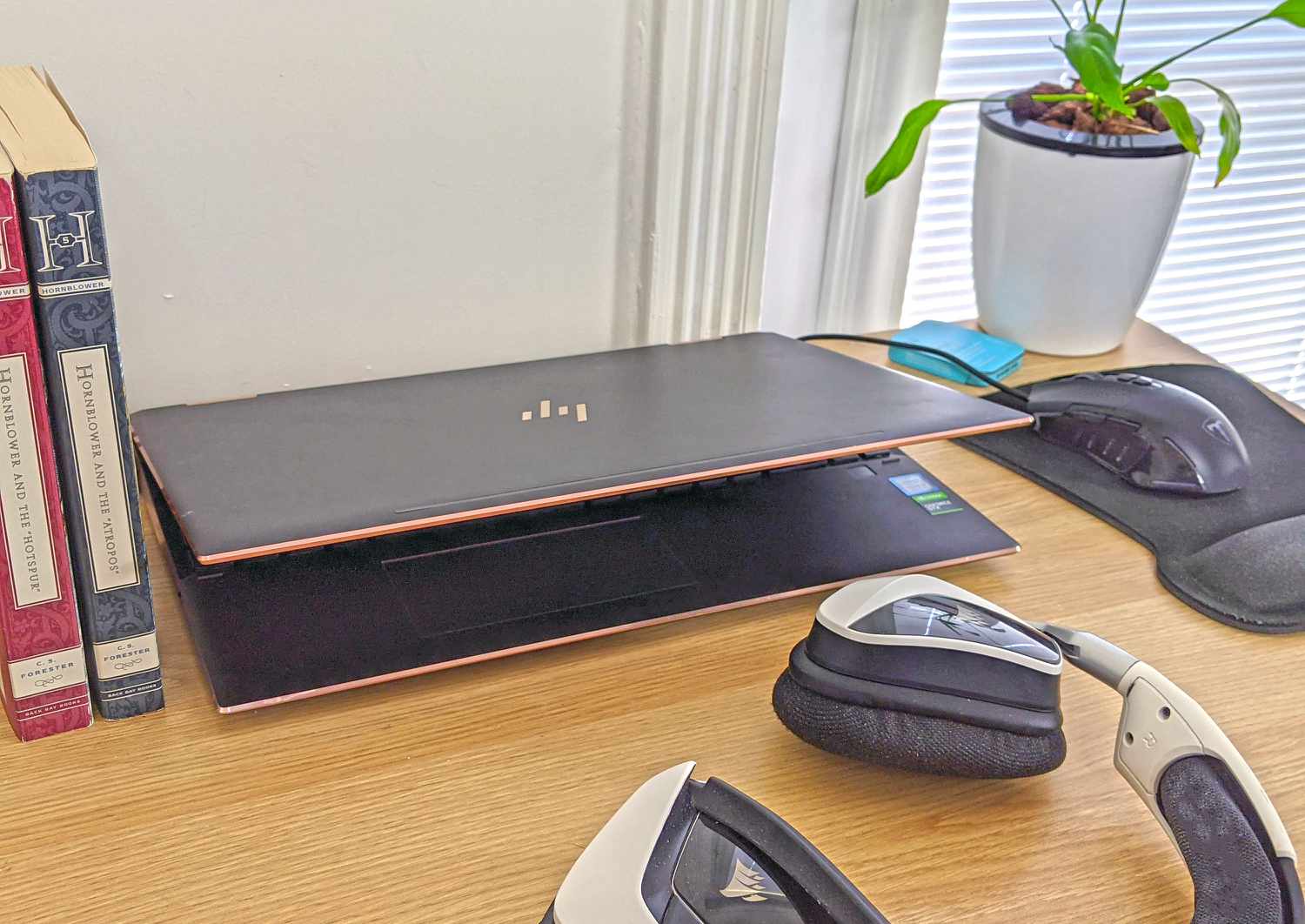Introduction
Are you struggling to navigate your Samsung laptop without the use of the touchpad? Don't worry; you're not alone. Many users encounter issues with their laptop touchpads, but the good news is that there are simple solutions to this problem. In this guide, I'll walk you through the steps to turn on the touchpad on your Samsung laptop. Whether it's been accidentally disabled or you're experiencing driver issues, we'll cover everything you need to know to get your touchpad up and running again.
Navigating your laptop without a functional touchpad can be frustrating, especially when you rely on it for everyday tasks. Fortunately, resolving touchpad issues doesn't always require technical expertise. By following the steps outlined in this guide, you can quickly regain control of your touchpad and streamline your computing experience.
So, if you're ready to bid farewell to touchpad troubles and restore seamless navigation on your Samsung laptop, let's dive into the simple yet effective solutions. Whether you're a tech novice or a seasoned user, these steps are designed to be straightforward and easy to follow. Let's get started!
Step 1: Check the Function Key
Before delving into complex troubleshooting methods, it’s essential to ensure that the touchpad on your Samsung laptop hasn’t been inadvertently disabled using a function key. Many laptops, including Samsung models, feature a designated function key that allows users to enable or disable the touchpad with a simple keystroke combination.
To check if the touchpad is disabled using the function key, locate the touchpad icon on your Samsung laptop’s keyboard. This icon is often represented by an image of a touchpad or a mouse. Typically, it is one of the function keys (F1 to F12) and is accompanied by the “Fn” key, which is usually located near the bottom left of the keyboard.
Once you’ve identified the touchpad function key, press and hold the “Fn” key, then simultaneously press the designated touchpad function key. This action should toggle the touchpad on or off. Keep in mind that the specific function key for the touchpad may vary depending on your Samsung laptop model, so refer to your user manual if you’re unsure which key to use.
After pressing the appropriate key combination, observe whether the touchpad becomes responsive. If it does, you’ve successfully re-enabled the touchpad using the function key. However, if the touchpad remains unresponsive, it’s time to explore other potential solutions.
Checking the function key is a quick and straightforward first step in troubleshooting touchpad issues on your Samsung laptop. By ensuring that the touchpad hasn’t been accidentally disabled using this method, you can eliminate a common cause of touchpad dysfunction before moving on to more advanced troubleshooting steps.
Step 2: Enable the Touchpad in Settings
If checking the function key didn’t resolve the touchpad issue on your Samsung laptop, the next step is to explore the touchpad settings. Sometimes, the touchpad may be disabled in the system settings, leading to its unresponsiveness. By accessing the settings, you can verify and enable the touchpad if it’s been disabled.
To access the touchpad settings, begin by clicking on the “Start” menu or pressing the Windows key on your keyboard. From there, navigate to the “Settings” gear icon, which typically resembles a gear or cogwheel, and click on it to open the Settings menu.
Within the Settings menu, locate and click on the “Devices” option. This will open a new window containing various device settings, including touchpad configurations. Look for the “Touchpad” or “Mouse and touchpad” tab, as the naming may vary depending on your laptop’s model and the version of the operating system.
Once you’ve accessed the touchpad settings, check for an option to enable the touchpad. If the touchpad is currently disabled, you should see an option to turn it on. Click on this option to enable the touchpad, and then test its responsiveness to confirm that it’s functioning as expected.
If you don’t find an explicit option to enable the touchpad, you may need to navigate through different tabs within the settings window to locate the touchpad configuration. Some laptops offer additional touchpad settings, such as gesture controls and sensitivity adjustments, which can also be accessed from this menu.
Enabling the touchpad in the system settings is a crucial step in troubleshooting touchpad issues on your Samsung laptop. By verifying and adjusting the touchpad settings, you can potentially resolve any configuration-related problems that may be causing the touchpad to remain inactive.
Step 3: Update Touchpad Drivers
If your Samsung laptop’s touchpad continues to exhibit unresponsiveness despite checking the function key and enabling the touchpad in the system settings, outdated or corrupted touchpad drivers could be the underlying issue. Touchpad drivers facilitate communication between the touchpad hardware and the operating system, and outdated drivers can lead to malfunctions.
To address this, it’s essential to update the touchpad drivers to their latest versions. This process involves accessing the Device Manager, which allows you to view and manage the hardware devices installed on your laptop, including the touchpad.
To open the Device Manager, right-click on the “Start” menu or press the Windows key + X on your keyboard to access the power user menu, then select “Device Manager” from the list of options. Alternatively, you can type “Device Manager” in the Windows search bar and select it from the search results.
Within the Device Manager window, locate and expand the “Mice and other pointing devices” category. This category typically includes the touchpad as a listed device. Right-click on the touchpad device, then select “Update driver” from the context menu.
Next, choose the option to search automatically for updated driver software. This prompts the operating system to search for the latest touchpad drivers online and install them if newer versions are available. Alternatively, if you’ve already downloaded the updated touchpad drivers from the manufacturer’s website, you can select the “Browse my computer for driver software” option and navigate to the location where the updated drivers are stored on your laptop.
After the updated drivers are installed, restart your Samsung laptop to ensure that the changes take effect. Once your laptop has restarted, test the touchpad to confirm whether it has regained functionality. If the touchpad now responds as expected, you’ve successfully resolved the issue by updating the touchpad drivers.
Updating the touchpad drivers is a crucial step in troubleshooting touchpad issues on your Samsung laptop. By ensuring that the touchpad has the latest drivers installed, you can address potential compatibility and performance issues, ultimately restoring the touchpad’s functionality.
Conclusion
Congratulations! You’ve successfully navigated through the troubleshooting steps to address touchpad issues on your Samsung laptop. By following the simple yet effective methods outlined in this guide, you’ve taken proactive measures to restore the functionality of your touchpad and enhance your overall computing experience.
Whether you resolved the issue by checking the function key, adjusting touchpad settings, or updating touchpad drivers, your perseverance and willingness to troubleshoot have paid off. Now, you can seamlessly navigate your Samsung laptop without the frustration of an unresponsive touchpad.
It’s important to remember that touchpad issues can arise due to various factors, ranging from accidental touchpad disablement to driver-related complications. By familiarizing yourself with the troubleshooting methods detailed in this guide, you’ve empowered yourself to address similar issues in the future and maintain the optimal performance of your Samsung laptop’s touchpad.
As technology continues to evolve, so too may the methods for troubleshooting touchpad issues. Staying informed about the latest updates and solutions for touchpad-related problems will enable you to adapt to new challenges and ensure that your computing devices operate smoothly.
By actively engaging with the troubleshooting process, you’ve gained valuable insight into resolving touchpad issues, an essential skill for any laptop user. Remember, troubleshooting is a journey of discovery and problem-solving, and your willingness to explore solutions sets the stage for a more rewarding and seamless technological experience.
With your touchpad now fully functional, you can return to your tasks and activities with renewed confidence in your Samsung laptop’s performance. Whether you’re browsing the web, creating documents, or engaging in multimedia experiences, your touchpad is once again a reliable and responsive tool at your fingertips.
Thank you for embarking on this troubleshooting journey with me. Your determination and commitment to resolving touchpad issues exemplify the proactive approach that leads to successful outcomes in the realm of technology and computing.









